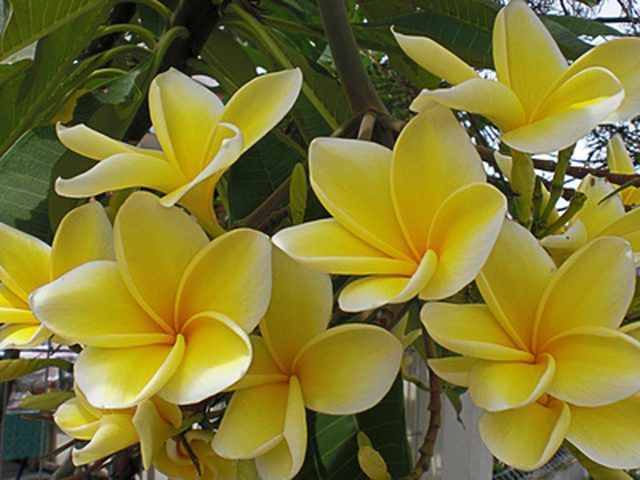Bulbs
Flower Basics
Flower Beds & Specialty Gardens
Flower Garden
Garden Furniture
Garden Gnomes
Garden Seeds
Garden Sheds
Garden Statues
Garden Tools & Supplies
Gardening Basics
Green & Organic
Groundcovers & Vines
Growing Annuals
Growing Basil
Growing Beans
Growing Berries
Growing Blueberries
Growing Cactus
Growing Corn
Growing Cotton
Growing Edibles
Growing Flowers
Growing Garlic
Growing Grapes
Growing Grass
Growing Herbs
Growing Jasmine
Growing Mint
Growing Mushrooms
Orchids
Growing Peanuts
Growing Perennials
Growing Plants
Growing Rosemary
Growing Roses
Growing Strawberries
Growing Sunflowers
Growing Thyme
Growing Tomatoes
Growing Tulips
Growing Vegetables
Herb Basics
Herb Garden
Indoor Growing
Landscaping Basics
Landscaping Patios
Landscaping Plants
Landscaping Shrubs
Landscaping Trees
Landscaping Walks & Pathways
Lawn Basics
Lawn Maintenance
Lawn Mowers
Lawn Ornaments
Lawn Planting
Lawn Tools
Outdoor Growing
Overall Landscape Planning
Pests, Weeds & Problems
Plant Basics
Rock Garden
Rose Garden
Shrubs
Soil
Specialty Gardens
Trees
Vegetable Garden
Yard Maintenance
Plumeria Fungus
Plumeria Fungus. The plumeria is a small tropical tree also known as frangipani. The plumeria is generally a hardy tree with few disease problems. However, it is susceptible to some fungi.

The plumeria is a small tropical tree also known as frangipani. The plumeria is generally a hardy tree with few disease problems. However, it is susceptible to some fungi.
Black Sooty Mold
Black sooty mold can appear on leaves and stems of the plumeria tree. This fungus thrives on the secretions of insects such as aphids, thrips, whiteflies, mealybugs and scale insects. Controlling insects will help deter the development of this plumeria fungus.
Rust
Rust (Coleosporium plumeria Pat.) appears as an orange powder or blistering on the underside of the plumeria leaves. This fungus appears most often after prolonged wet periods and may cause leaf drop in severe cases. Rust can be treated using a broad spectrum fungicide. The Plumeria Society of America also recommends removing all badly infected leaves.
Powdery Mildew
Powdery mildew appears on plumeria leaves as a white or gray coating. It often begins in small, circular spots and then spreads to cover large areas of the leaf surface. This fungus flourishes in moist, humid conditions. Provide sufficient air circulation around plumeria trees to help reduce the risk of infection.